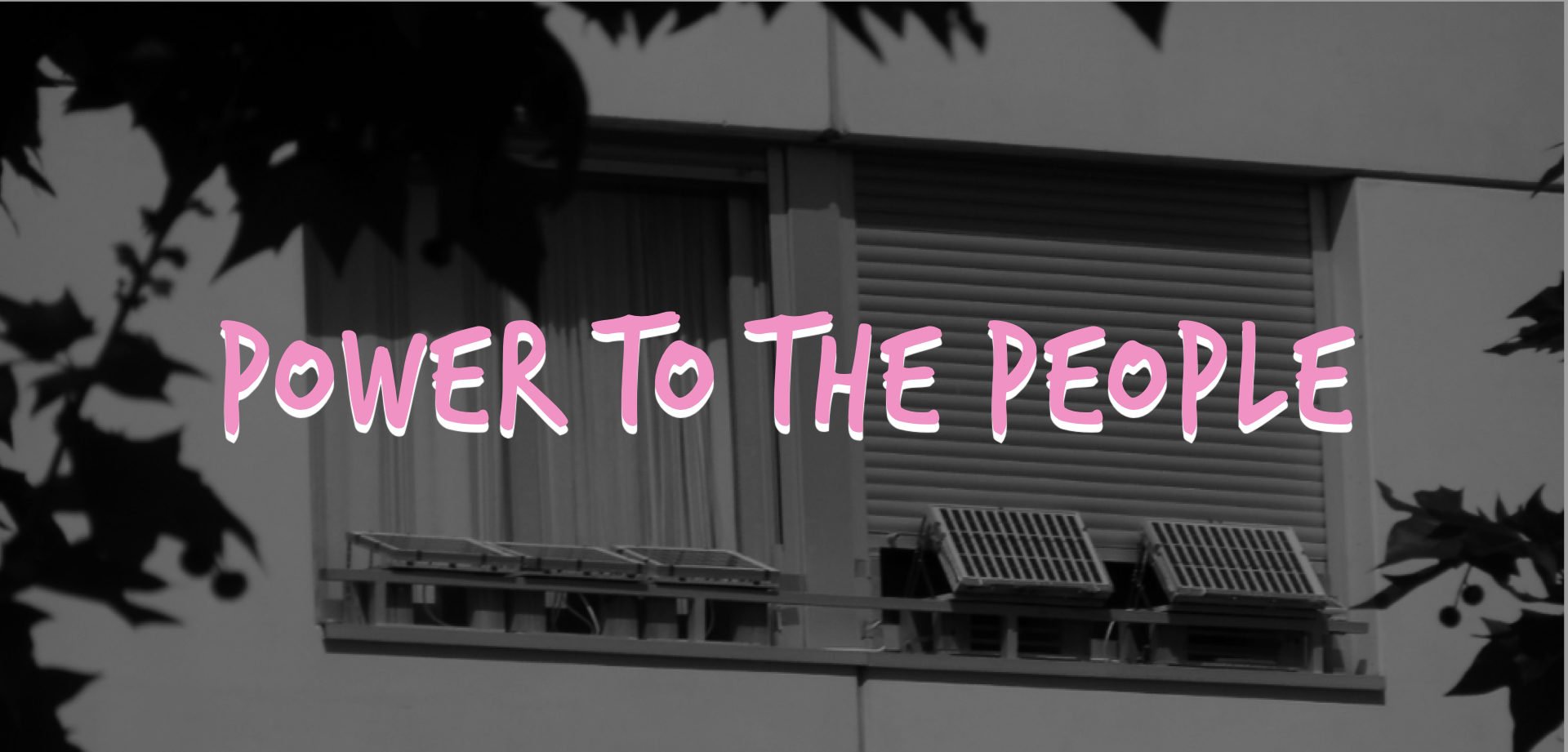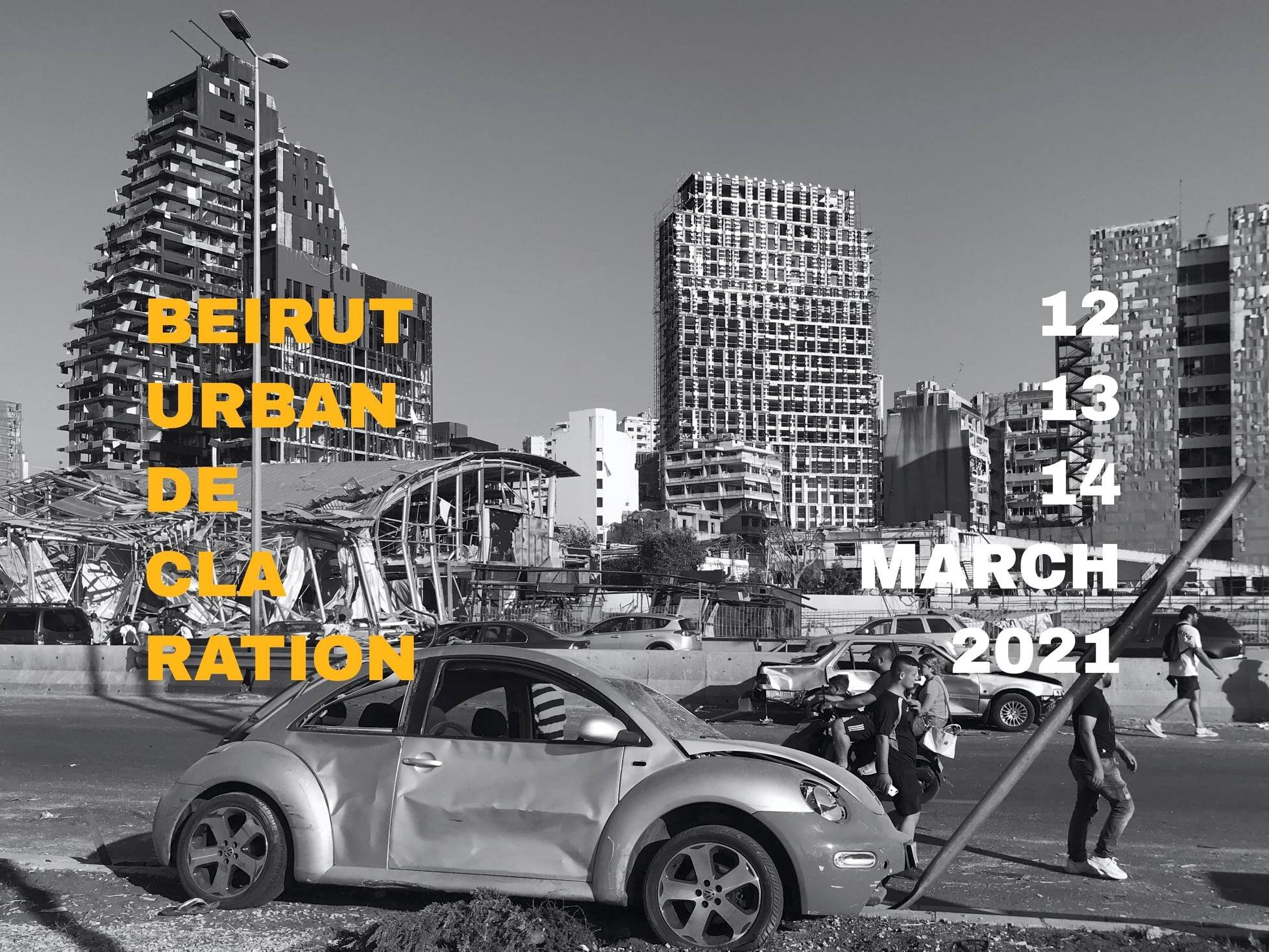“The “emptiness of cities” in this context is considered under the same lens, for all urban communities that are recovering after disasters. The “urban silence” has created a real sense of anxiety and existential emptiness. An impromptu silence following the explosion has provoked a rethinking of our daily life and consequently of all the modalities of our life; the fear, for example, of losing the social and urban references that constituted the structure of our city over the centuries. ”
The devastation that occurred on august 4. 2020 in Beirut made us once again reconsider the meaning of the city in general, the affected area, and the role that architecture plays in the construction of a sense of identity. In this context, the historical layers of the city which are based on its socio-economic and urban fabric are essential to developing a contemporary vision and projects for the devastated area of Beirut city.
The faculty and students of design studios for fall and spring 2020-21, were involved in projects that addressed the immediate social needs, as well as other projects that would be part of an urban overview of the city.
The exhibition features the work of final year projects that explored the destroyed areas under four urban categories: Waterfront, Connections, Landmarks, and Neighborhoods. The objective was to involve students in the re-envisioning of the destroyed areas both on a practical and theoretical level, with the prospect of generating new scenarios for a communal urban life conducive to dialogue, participation, and communication among all the stakeholders in the city.
11-12 December. 2021. Beit Beirut - Museum and Urban Cultural Center
























![This lecture is organized by the Institute for Environmental Studies and Research [IESR] In collaboration with the European Cultural Center.](https://images.squarespace-cdn.com/content/v1/5f64440a3e36b67ba2d7df78/1633342911772-Y52CE96AU98REP0RGM90/Symposium-Poster.jpg)






![This lecture is organized by the Institute for Environmental Studies and Research [IESR].](https://images.squarespace-cdn.com/content/v1/5f64440a3e36b67ba2d7df78/1620300868974-1PVP5VFWV9C4SE3HEN2R/AB-Poster.jpg)


![This lecture is organized by the Institute for Environmental Studies and Research [IESR].](https://images.squarespace-cdn.com/content/v1/5f64440a3e36b67ba2d7df78/1618663490184-88JAOIUPHPC1Z03EBJQQ/omar-blaik.jpg)






